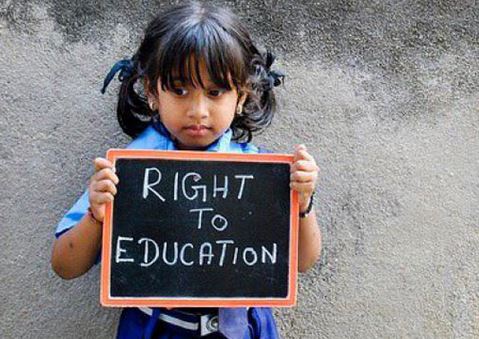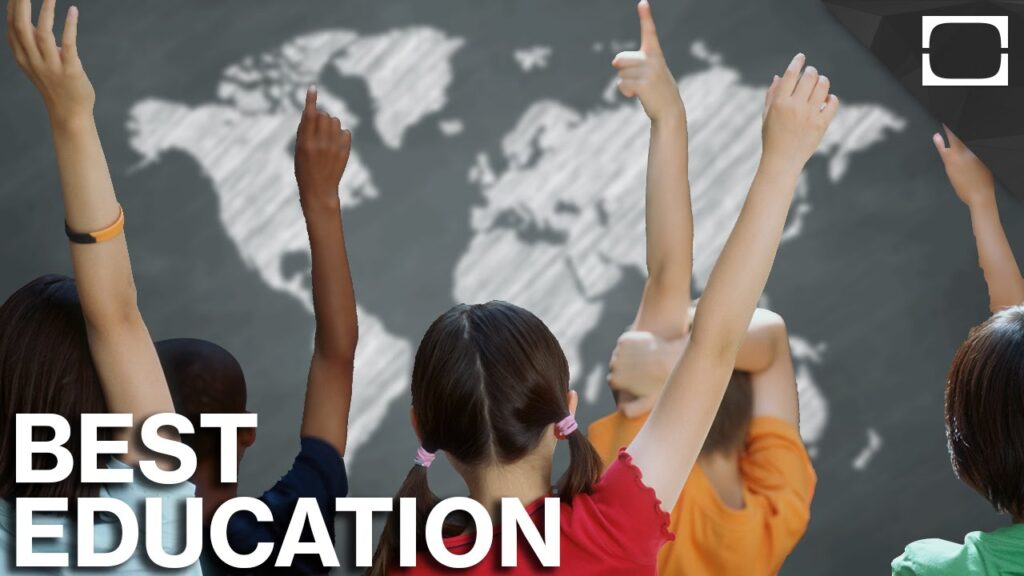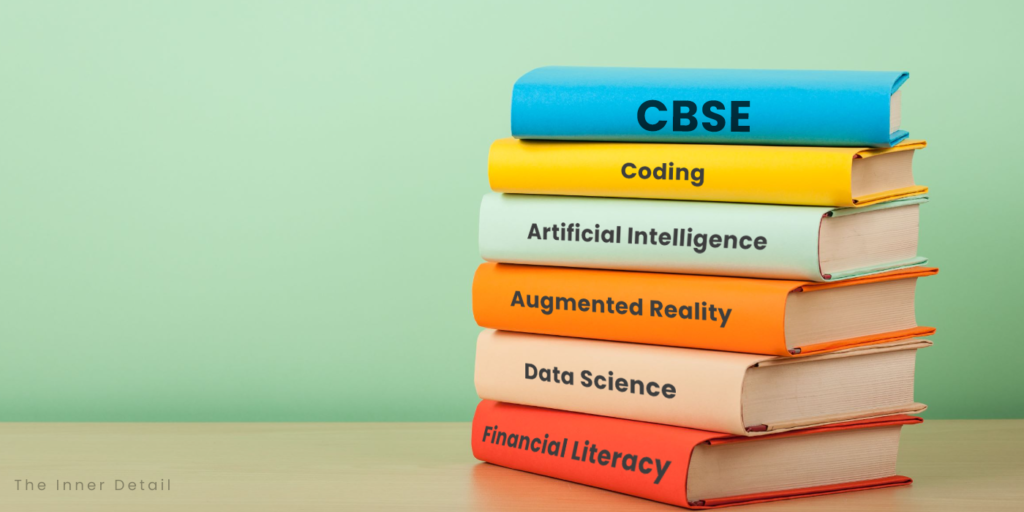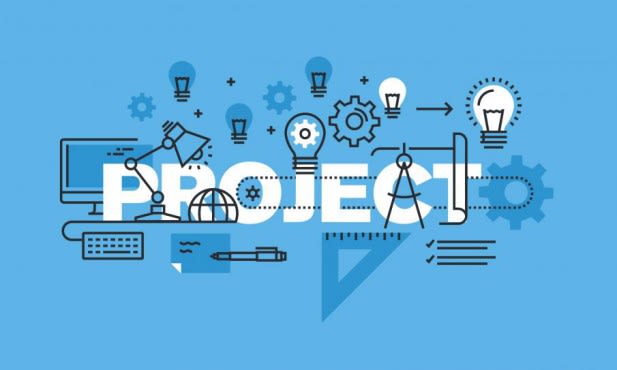India celebrating its, 73rd Independence Day recently on Aug 15, sees a downfall of educational accreditation for its students. The reason, however majorly attributes to the virus pandemic that impacted the entire world, few whys are secluded to not be publicly spoken off. Let’s leave for a while the Covid onset and get back to ‘Education of India before Covid-19’.
India though credited for possessing the second largest school system in the world, having 1.6 million schools along with over 900 universities, 40,000 colleges and 11,000 standalone institutions, stays back in cultivating a balanced quality education among the privileged and under-privileged. How? and Why? explains this blog.
Education in India
Education in India has of-course seen a good uplift over the years. While conversing about education, India achieved literacy rates of 79.5% in urban and 64.7% in rural in the recent 2019, which was ever been before. Till March of this 2020, it was said that 97% of rural primaries & secondaries have access to school. Yet, a report by Annual Status of Educational Report (ASER) states that over 50% of rural class-5 students couldn’t read a class-2 passage, which stuns over the appraisals.
Clearly, Education made schools accessible and feasible to the million Indian students, on the other hand, it failed to yield students with due knowledge and skills. It sounds more in especially rural India and government schools. Schools, precisely government schools in India, seems to be not engaging the students in learning the skills or acquiring the knowledge, but just in “completing the syllabus” & “getting passed in the exams” manner.
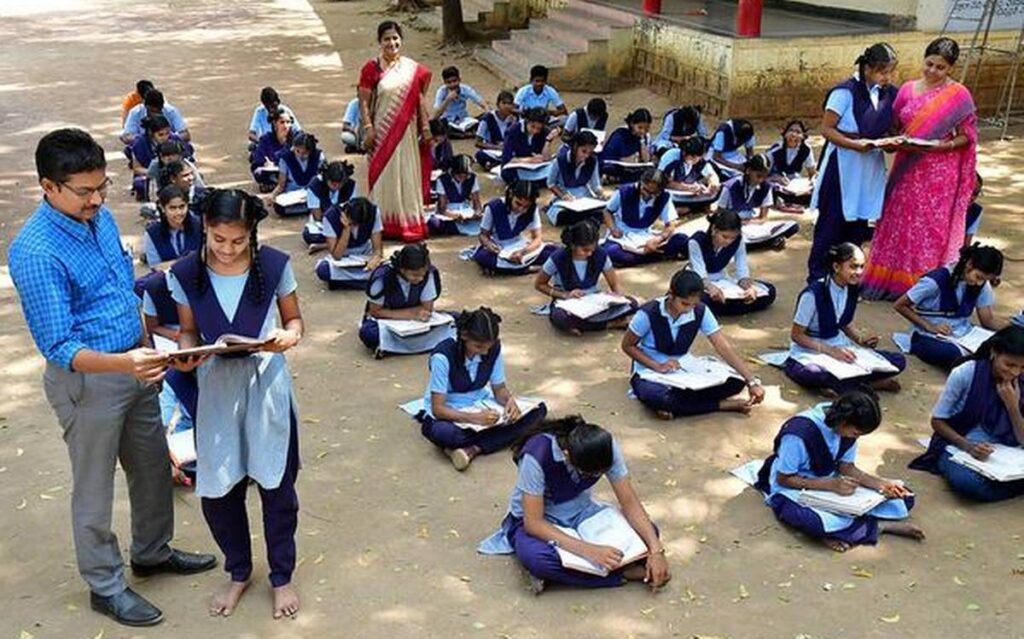
On completely opposite to this case, urban education along with private schools did a much better for the past years, emphasizing a considerable gap between the education for privileged & education for under-privileged students. Note this point, we would come later to it in the article.
Also, the system narrows the students on focusing only on textbooks, rather to be open widely to the information. Textbooks are the only source of education to schools in India. This prevails both in private & government schools.
India failed to participate its students in OECD’s “Programme for International Student Assessment (PISA’s)” for the past 10 years.
PISA is a test for assessing the student’s performance internationally over 73 countries.
In previous India’s participation in 2009 in PISA, India was the 72nd among the 73.
Regardless this drawback, this pandemic cast down the scenario furthermore and also included several factors that may curse students of India.
Covid-19 Crisis on Education
Covid-19 as a well-know fact, created a large down-leap in almost all fields in the world. Economy misdirects, schools and institutions go closed for months, business were on ashes (now, rising from it) and the government sweated mostly on health & medicals. Thanks to Government. While viewing this crisis, on a different angle, it hit me, when I found the fact that, “Rich are getting richer & managing the advent, while poor are succumbing to poorer and poorest”.
Drifting this thought to education, the impact was spare bigger than any of the else fields. Parents being keen for having education to their wards, are really pushed to a situation of merging with technology, reasoning to the feat of “Online Learning” or home learning through online classes.
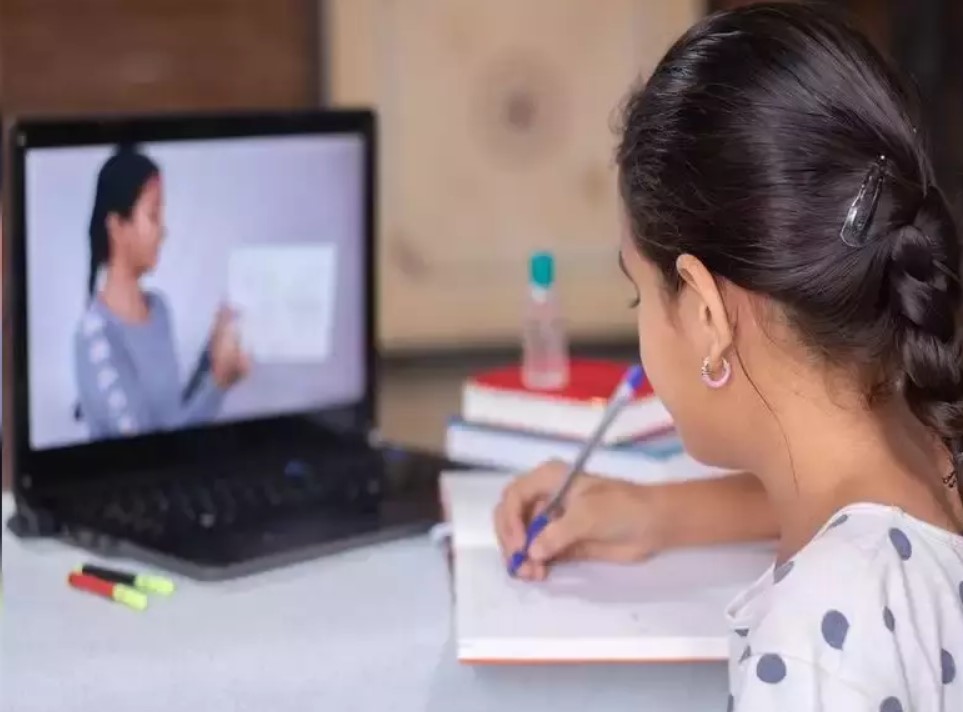
Available data entails that only 10% homes of 130 crore people have access to computers and smartphones and 40% of which avails only smartphone. Oh, that adds to 50% of people having tech-needs to take education and incites 50% doesn’t have access to the internet and technology, pushing them not being able to take education, on this day.
Well, detailing the 50% further, 40% have just cell-phones not smartphones, leaving the remaining 10% without cellular connection.
Almost all schools and colleges moving to ‘online-classes’ environment, are the classes and education is delivered to the entire students’ community, is still a question mark. Reality is however, only few are able to switch over for digital education. The left outs are curtained to the inability or at times to struggle for education. This further widens the gap of privileged and under-privileged world of education.
Situation rolls out that only people who can avail smartphones and internet facility can fetch education too. Will the Indian Government sort out it?
Personal Examples
In this counter, I would like to add few personal experiences of people facing a mean study.
Instance 1: One of my relative schooling at class 10 have to access the online education amid crisis. Well her dad & mom, though own smartphones, they are in situation to take it to their working places, by any means. This middle age family now is pushed to avail another smartphone for their daughter. Both being jobbed, they coped to get a new one. But what in the case of those who didn’t?
Instance 2: A family in a village in Maharashtra, sold the only cow in the household for having its children, a smartphone. Its not just a cow, but a major source of income to that family.
Instance 3: A college student, complains of unable to manage her academics and her household (being the elderly person, after parents), as the class consumed 7 hours online. Also, to avail an uninterrupted internet facility, she may have to move upstairs to the hot-sun.
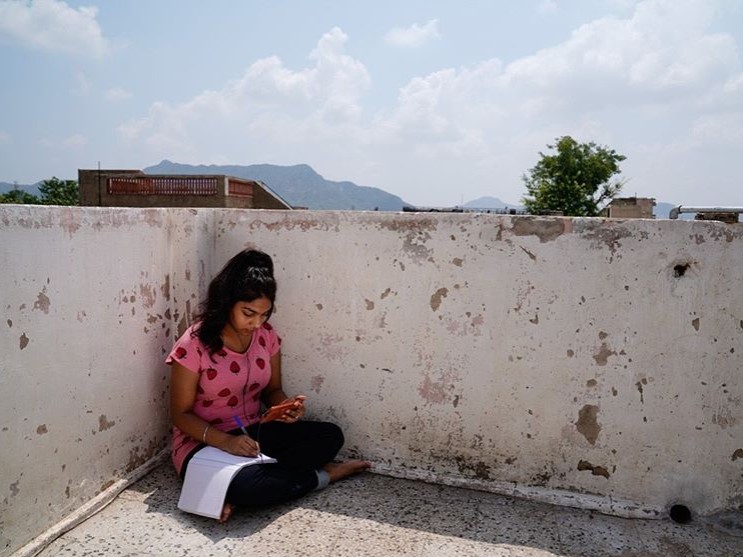
News consistently utters that students are suiciding for being unable to attend the online sessions. This may happen in future too, unless a resolving gesture is implemented.
Remedy
Layered access to devices and the internet means that real online learning, whether useful or not, would be possible only for a small percentage of the population.
Elementary students are facing an educational loss due to the school’s shutdown. Such losses and educational backings of the system can only be compensated, at the arrival of new elixirs in schools and village communities. Technology applications have created a demand in education system. Henceforth, smartphones & internet have become a ‘need’ from ‘want’.
“Whether government will make moves regarding this technological adhering of education, helping people and students to the drift? If so, how?”, happens the bottom-line of the topic.
Latest Posts
- 15 Indian Origin Leaders driving AI Revolution in U.S
- What is Gemma 3n AI? How Can you use it with No Internet?
- How to Create Custom GPTs in ChatGPT in just 4 steps?
- 5 Best AI Tools for making Presentations in seconds
- Google’s New AI Tool “Stitch” revolutionizes UI-Design – Check how!
Epilogue
“In a country, giving out free products, making millions of dollar investments on other nations, does extending the internet facility and launching educational centers for students in rural areas to meet out the ‘new-normal’ way of perceiving the education seems so challenging?”, “Will measures be taken to narrowing the gap between privileged & under-privileged least in education sector, thereby rendering equal education heedless of distinguishes?”, mumbles the author.

References:
